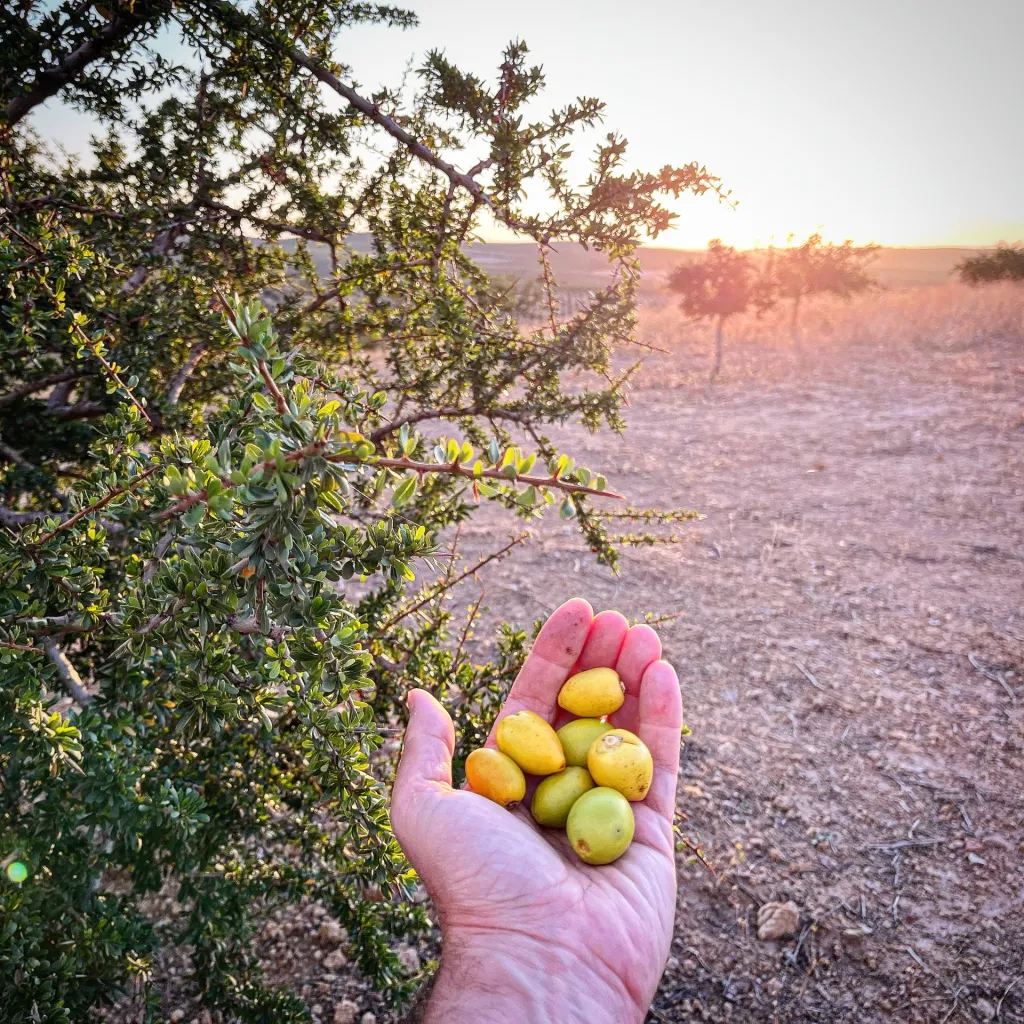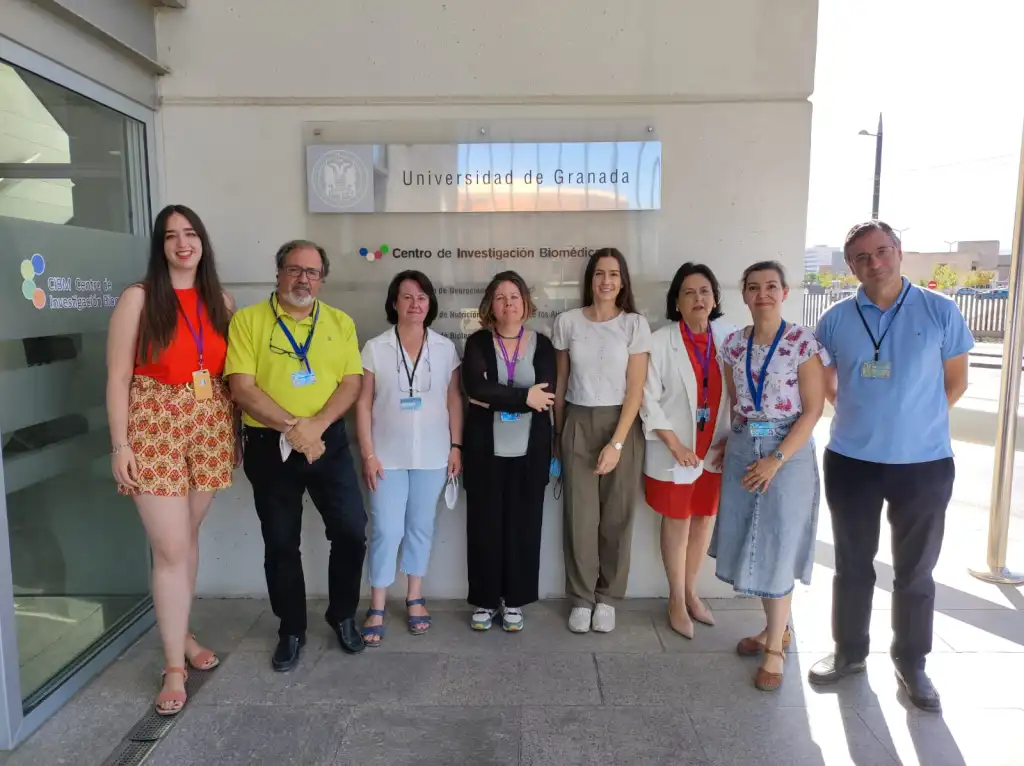Scientists from ibs.GRANADA discover that argan can help regulate blood glucose and reduce obesity

El study has made it possible to find new functional properties of the pulp of this fruit that could be used for the treatment of metabolic pathologies with an oxidative and inflammatory basis such as diabetes, obesity, metabolic syndrome or intestinal dysbiosis
A multidisciplinary team of researchers from the Biosanitary Research Institute of Granada ibs.GRANADA, the University of Granada and the Almeria group of biotechnology companies Beyond Seeds has discovered new healthy properties and beneficial effects on carbohydrate metabolism and intestinal dysbiosis associated with the consumption of the argan pulp, due to its high content of bioactive compounds, mainly antioxidants and anti-inflammatory.
The work, published in the latest issue of the Journal of Functional Foods, describes for the first time new bioactive compounds that had not been identified to date. The results of experimental tests have shown that Eating the pulp of this fruit causes a decrease in body weight without reducing food intake, as well as a powerful hypoglycemic activityIn addition to decrease in different markers of inflammation and stressés oxidative.
Treatment and prevention of metabolic pathologiess
Another of the fundamental findings of this study was the prebias effecttico produced by the consumption of argan pulp, reducing the presence of potentially pathogenic strains and increasing the proliferationn of the beneficial strains. All these properties mean that this product can be ideal for use in the treatment or prevention of different diseases metabolyca (insulin resistance, obesity, metabolic syndrome) and intestinal dysbiosis, in which conditions with high levels of oxidative stress or inflammation occur.
The multidisciplinary group responsible for this work is led by Rosario MartInez Martinez, Maria Lofish-Romero de la Cruz Jury y Jesús Marito Porres Foulquie, researchers from the Department of Physiology, the Institute of Nutrition and Food Technology (INYTA) and the Biomedical Research Center (CIBM) of the University of Granada, together with Francisco Bermúdez Pérez y Ana Guzman Carrasco from the biotechnology company Beyond Seeds, as well as Consolationon Melguizo Alonso y José Carlos Prados Salazar, of the group A01-Technology Applied to Oncology and Gene Therapy from ibs.GRANADA, from the Department of Human Anatomy and Embryology of the UGR and the Biomedical Research Center (CIBM).
A fruit with multiple uses and properties
The argan tree (Argania spinosa) has traditionally been found in southwestern Morocco, where its forests were declared a biosphere reserve by UNESCO in 1998. In these regions it is appreciated for its usefulness as a source of forage for livestock feeding. , but fundamentally it is known internationally for the oil that is extracted from its seeds and is used for nutritional and cosmetic applications.
The exploitation of argan and, in particular, the extractionon the oil of its seeds, generates different byproducts. One of them is the pulp or pericarp of the seed, which constitutes up to 40% of the entire fruit and in which a multitude of bioactive compounds with a high antioxidant capacity have been identified. and properties for the prevention and treatment of various pathologies.
Continuation of the study and clinical trials
This scientific work has been developed within the framework of the Research Project of the Challenges-Collaboration Program (RTC-2017-6540-1), carried out between the
University of Granada and the company Cellbitec (of the Beyond Seeds group) and promoted by the Office of Transfer of Research Results (OTRI) of the UGR.
Thanks to the results obtained, the study has obtained funding in the latest call for Public-Private Collaboration projects of the Ministry of Science and Innovation to carry out a new research work that will be carried out between the University of Granada, El Centro of Biological Research Margarita Salas (CSIC-CIB) and the companies Agrointec and Cellbitec to continue with the open lines of research and propose the first clinical trials.

